Among the top 10 vegetables with vitamin C content, broccoli ranks only 10th, ranking first, and many people like to eat it.
If you are asked what foods are supplemented with vitamin C, you will definitely think of fruits first, such as lemons and oranges. In fact, the vitamin C content of many vegetables is also very rich, even not lower than these fruits.

The picture comes from the Internet.
Today, Xiaobian specially arranged 10 kinds of vegetables with the highest vitamin C content for everyone to provide more delicious choices for vitamin C supplementation in daily life, but they are all much higher than lemons and oranges you know.
Top 10 Vegetables with Vitamin C Content
10 broccoli
The content of vitamin C in every 100g of broccoli is about 55mg. However, broccoli is rich in vitamin C, and other nutrients are also comprehensive.
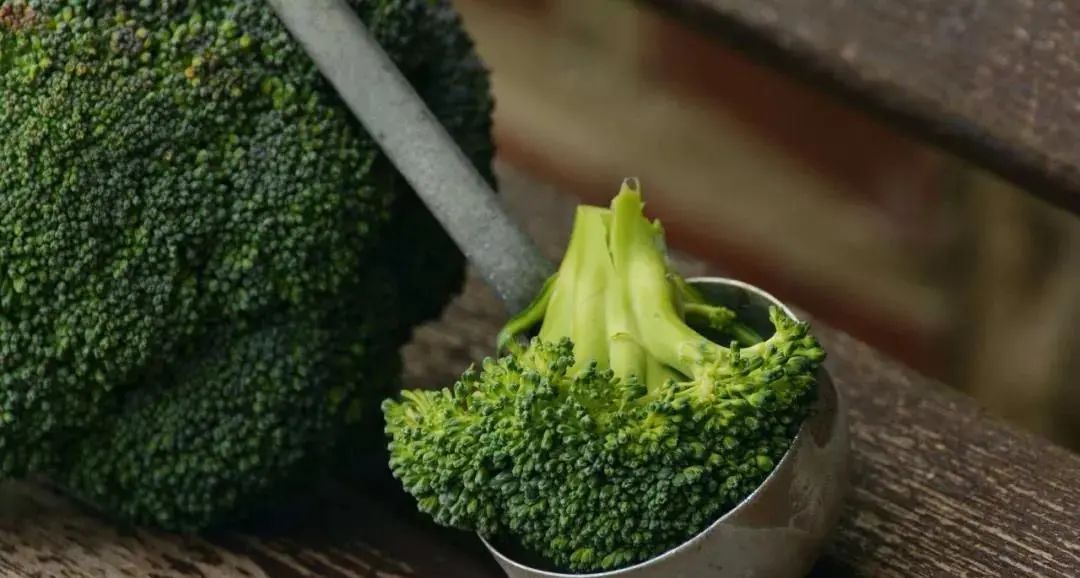
It mainly includes protein, carbohydrates, fats, minerals and carotene. In addition, the mineral composition of broccoli is more comprehensive than other vegetables, and the contents of calcium, phosphorus, iron, potassium, zinc and manganese are very rich, which is much higher than that of cabbage flowers belonging to Cruciferae.
Bitter gourd
Every 100 grams of bitter gourd ingredients, the content of vitamin C is about 56 mg. Bitter gourd is a vegetable that many people will spit out their tongues when they mention it, because it is really bitter. However, there are still a large number of lovers of bitter gourd, who can accept various eating methods such as raw and cooked, which mainly stems from the nutritional value of bitter gourd.
Bitter gourd is rich in vitamin C, but also contains many minerals and vitamins such as protein, calcium, phosphorus, iron and carotene.
Bitter gourd is rich in bitter glycoside and bitter essence. Bitter gourd essence can clear away heat and purge fire, strengthen spleen and stimulate appetite. Bitter gourd glycoside can regulate blood pressure, blood lipid and cholesterol to some extent, and protect cardiovascular and cerebrovascular diseases. But people with poor digestion try to eat less or not, which may lead to flatulence.
To eat bitter gourd, you can first blanch it with boiling water, stir-fry it or cold salad it. If you can’t get used to the bitter taste, you can use the method of ice cooling and add a little rock sugar water to taste.
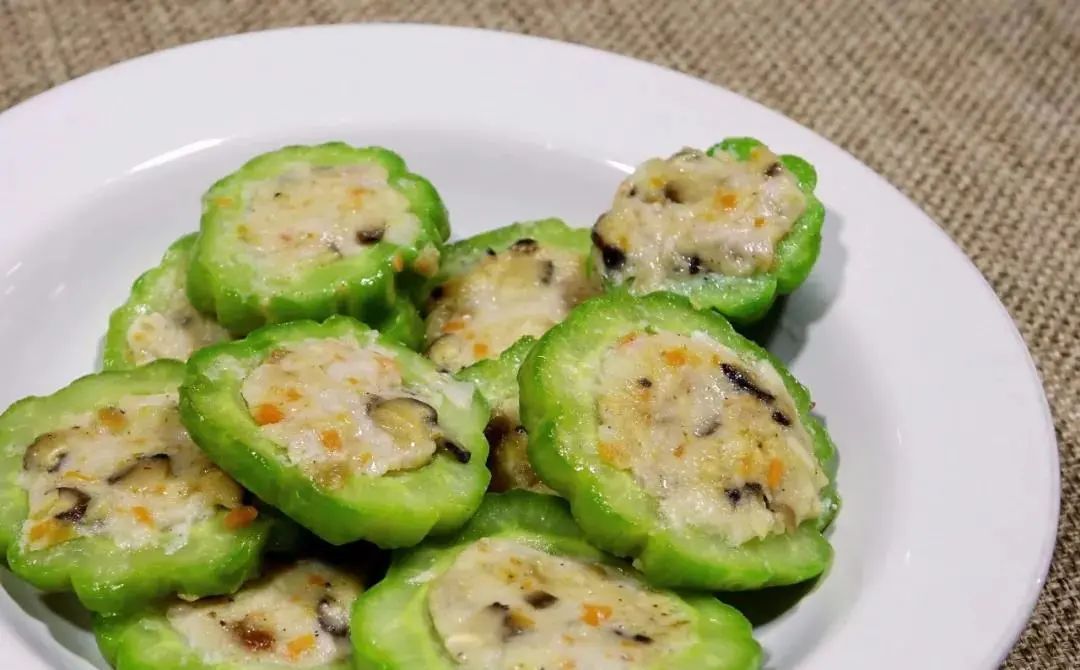
08 red flowering Chinese cabbage
Red flowering Chinese cabbage belongs to cruciferous vegetables, and it is also a kind of dark vegetables. Its nutritional value is extremely high, and it is rich in protein, carbohydrates, calcium, phosphorus, iron and various vitamins.
In particular, the content of vitamin C necessary for human body is higher than other general leafy vegetables, and the content of vitamin C is about 57 mg per 100 g, and the content of mineral potassium is not low, which is close to bananas and is the top grade of vegetables.
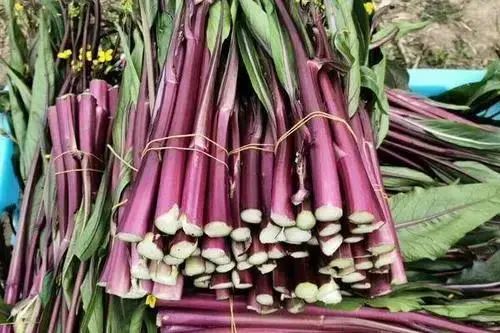
07 cauliflower
Cauliflower, also known as cauliflower and cauliflower, is a popular vegetable with delicious taste and high nutritional value. It is rich in dietary fiber, protein, vitamins, carbohydrates and minerals.
Cauliflower is one of the foods containing the most flavonoids, especially vitamin C, which is about 60 mg per 100 g, so the edible value and health care function of cauliflower are very high.
Moreover, cauliflower is more resistant to storage, and people who don’t like to go out to buy food at ordinary times can store it at home in moderation.

06 green pepper
Green pepper pulp is thick and crisp, and it is widely used as a side dish. It is not high in calories, and it is not easy to gain weight after eating. Moreover, it is rich in vitamin C, which is about 62 mg per 100 g, and also contains folic acid, magnesium, potassium and other nutrients.
Its unique taste and capsaicin can stimulate the secretion of saliva and gastric juice, stimulate appetite, help digestion, promote intestinal peristalsis and prevent constipation. It can also prevent and treat scurvy, and has an auxiliary treatment effect on gingival bleeding, anemia and vascular fragility.
Most people will feel that after eating the pungent green pepper, the heart beats faster and the skin blood vessels dilate, which makes people feel warm. Therefore, Chinese medicine has the same view on it as pepper, such as warming the middle and lowering the qi, dispelling cold and removing dampness.

05 kale
As a familiar vegetable in our daily life, kale looks very similar to cabbage, especially in summer, it tastes crisp and tender, and has rich nutritional value, so it is deeply loved by people.
Its body is rich in vitamins, lutein and zeaxanthin, which is helpful to healthy eye cells and prevent cataracts.
The content of vitamin C in kale is very rich. The content of vitamin C in every 100 pieces is about 63mg. The content of trace element selenium is the first in cabbage vegetables, and the content of potassium is 1.5 times that of bananas. It has the reputation of "anti-cancer vegetables", and it also has certain effects of nourishing stomach, promoting digestion and relaxing bowels.
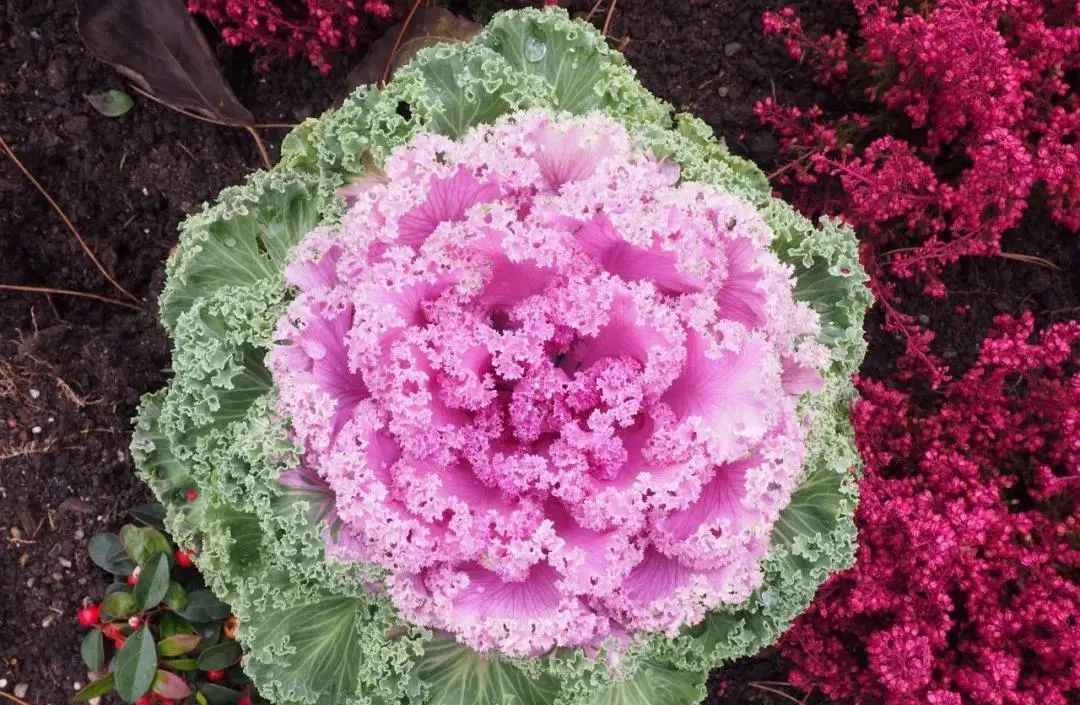
04 Chinese cabbage
Chinese cabbage is rich in protein, fat, crude fiber, carbohydrates, acidic pectin, calcium, phosphorus, iron and other minerals and vitamins. It is a famous green leafy vegetable with high calcium and low oxalic acid, and its calorie is not high. It is one of the vegetables with the richest minerals and vitamins.
The minerals calcium and phosphorus contained in Chinese cabbage can promote bone development, accelerate human metabolism and enhance the hematopoietic function of the body. It is also rich in vitamin B1, vitamin B6, pantothenic acid, etc., which can relieve mental stress. Eating more Chinese cabbage before the exam helps to keep your mind calm.
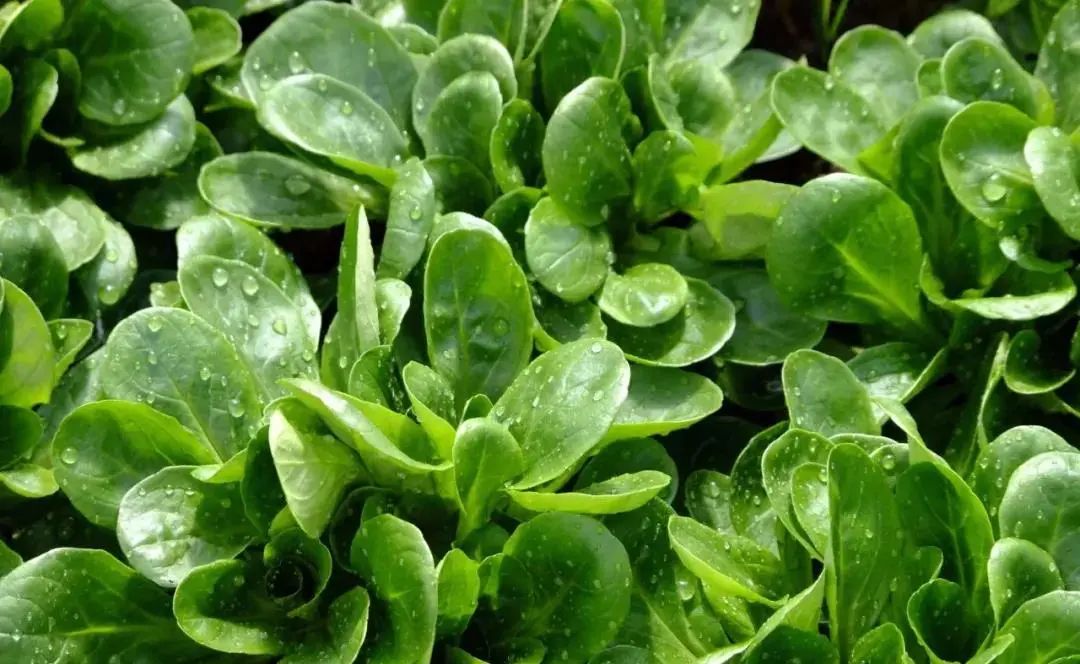
Vitamin C content, about 64 mg per 100 g, can promote skin cell metabolism, prevent skin roughness and pigmentation, make skin bright and clean, and delay aging.
03 Youcaitai
Rapeseed moss is the tender stem and leaf of rape, which is loved by many people because of its green color and crisp taste.
Rapeseed moss also has very high nutritional value, rich in carotene, vitamin C, vitamin E, and mineral elements such as calcium, potassium, phosphorus, selenium and magnesium.
The content of vitamin C per 100 grams is about 65 mg, which has the effects of improving skin and eye health, anti-aging, improving human immunity and maintaining stomach and intestines.
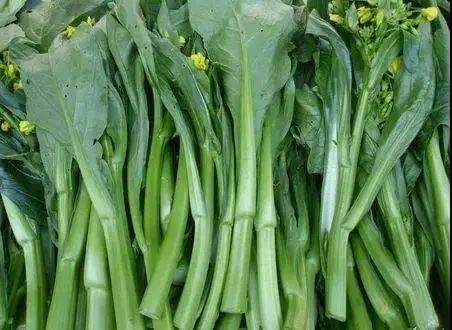
02 kale
Chinese kale, also known as Chinese kale and cabbage, has a long cultivation history and is one of the specialty vegetables in China.
The cauliflower of Chinese kale is tender, crisp, sweet and delicious. It is eaten with tender flowers and tender leaves. The vitamin C content of Chinese kale is about 70 mg per 100 g, and there are quite a lot of minerals. It is a kind of vegetable with rich nutrition in cabbage, which can be fried, soup or served as a side dish.
Chinese kale contains organic alkali, which makes it bitter. It can stimulate people’s taste nerves, stimulate appetite, accelerate gastrointestinal peristalsis and help digestion. It is edible for the general population, especially for patients with loss of appetite, constipation and high cholesterol.
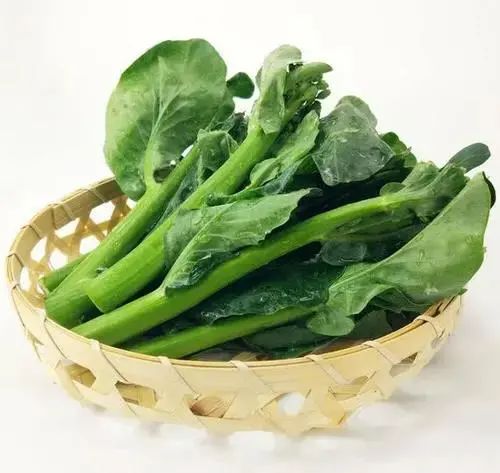
01 colored pepper
Colored peppers, also known as colored sweet peppers, are a special series of sweet peppers, which are commonly colored in yellow, red, green and orange. Colored peppers are rich in vitamin A, vitamin B, vitamin C, carotene, sugar, fiber, calcium, phosphorus, iron and other elements.
Vitamin content is higher than cucumber, tomato, eggplant and other vegetables, and the content of vitamin C per 100 grams exceeds 100 mg, which is the highest in vegetables.
In addition, colored peppers can also be eaten raw, which is a way of eating that greatly retains its nutrients, which is also the preferred eating method of westerners.
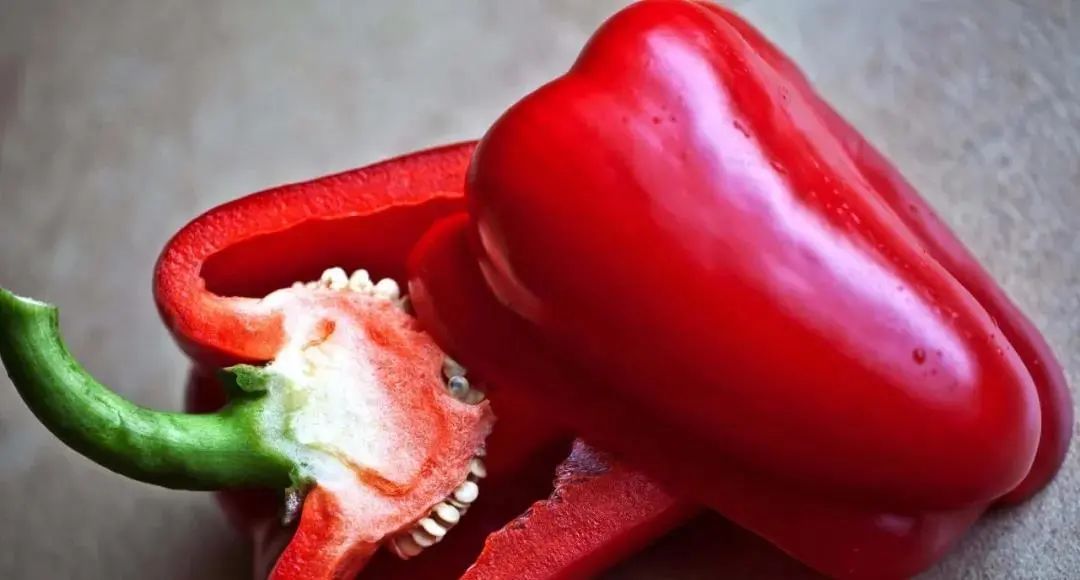
The washed colored peppers are cut into thin strips, mixed in salads with toast, eggs, beef, quinoa, vegetables and fruits, and sprinkled with yogurt or cheese, which is the concept of balanced nutrition. Egg beef supplements protein well, while toast and quinoa are the sources of other vitamins and crude fiber.
After reading it, many people will feel that they didn’t expect it. The number one vitamin C in common vegetables is actually colored pepper. Eating enough 100 grams can meet the vitamin demand for one day.
The daily intake of vegetables is relatively large, so it is recommended to eat 300 ~ 500 grams of vegetables every day. In order to avoid the loss of long vitamin C in the heating process such as steaming and frying, you can choose to wash first and then cut, add some salt when cooking, and quickly fry.
Data: high-quality life home
Original title: "Broccoli ranks 10th among the top 10 vegetables with vitamin C content, and many people like to eat it in the first place."
Read the original text